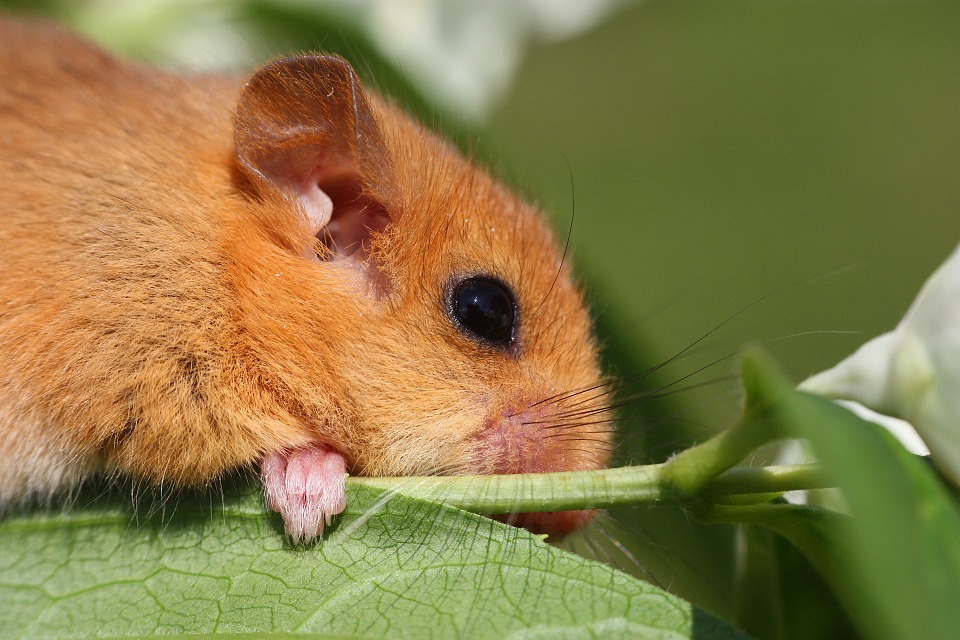Project team
The biologists Christine and Stefan Resch (apodemus - Private Institute for Wildlife Biology), with the collaboration of the HBLFA Raumberg-Gumpenstein and the Austrian Federal Forests as well as other experts, designed a guide that can better protect this character animal in our tree and shrub areas.
The adjacent riparian forest remnants in the Enns catchment area are important dormouse territories. These border on extensively managed litter meadows, such as the recultivated flowering meadows of the HBLFA Raumberg-Gumpenstein in Trautenfels or the Nature Conservation Association meadows. In the future, care measures will be adapted to the needs of the dormouse and groups of students will build dormouse coops and impart knowledge about the animals' habits in school lessons and on field days.
Goals
Structural diversity in the forest promotes the hazel dormouse's food supply. Interventions in the forest are therefore coordinated spatially and temporally with lifestyle habits. The Austrian Federal Forests are implementing a long-term monitoring project and the population is invited to participate in the research.
The guide was supported by the Federal Ministry of Agriculture, Regions and Tourism.








